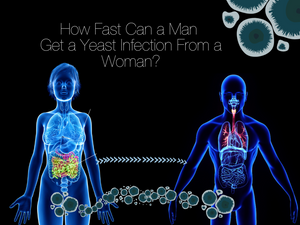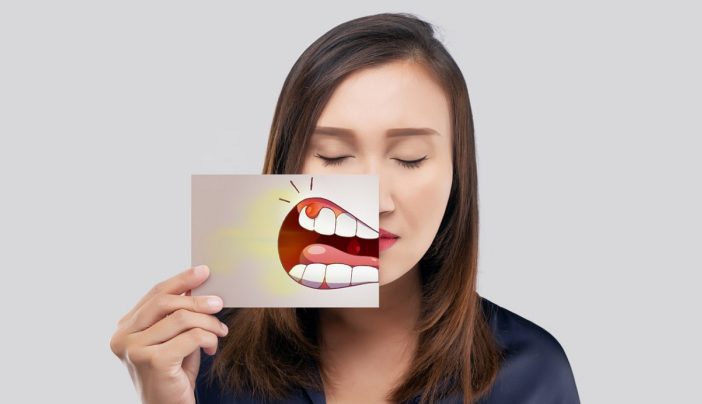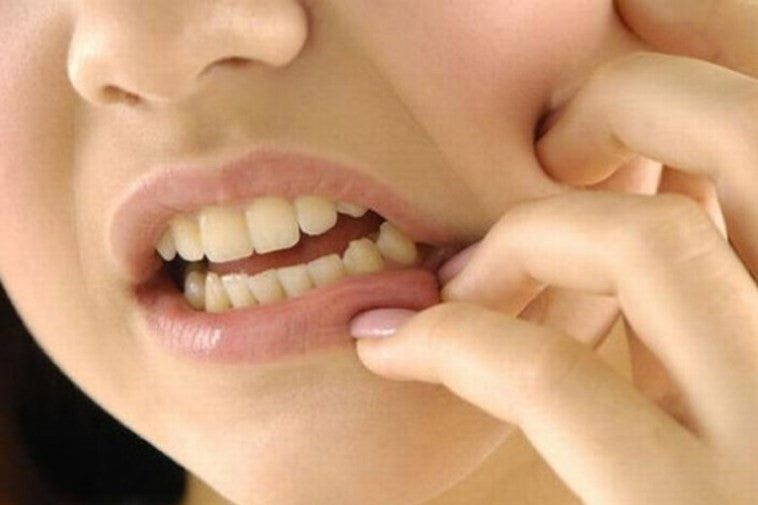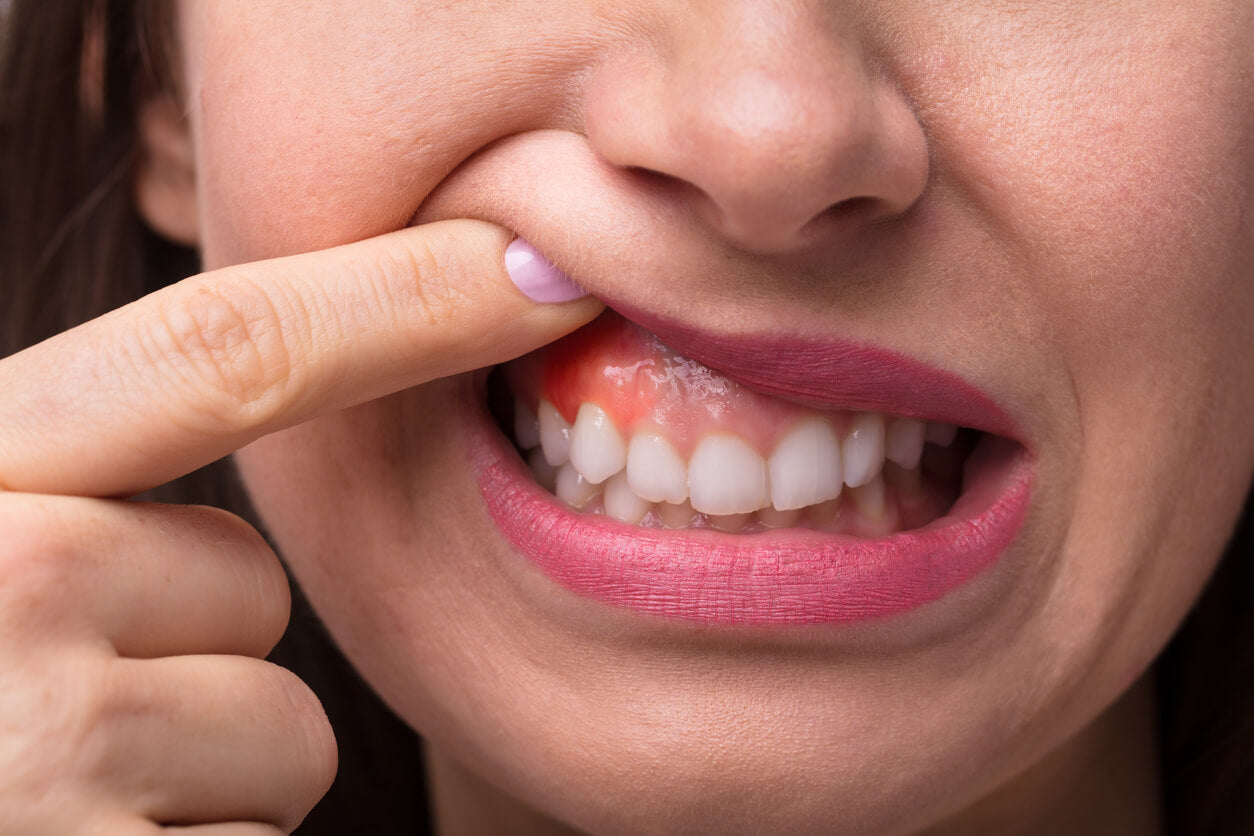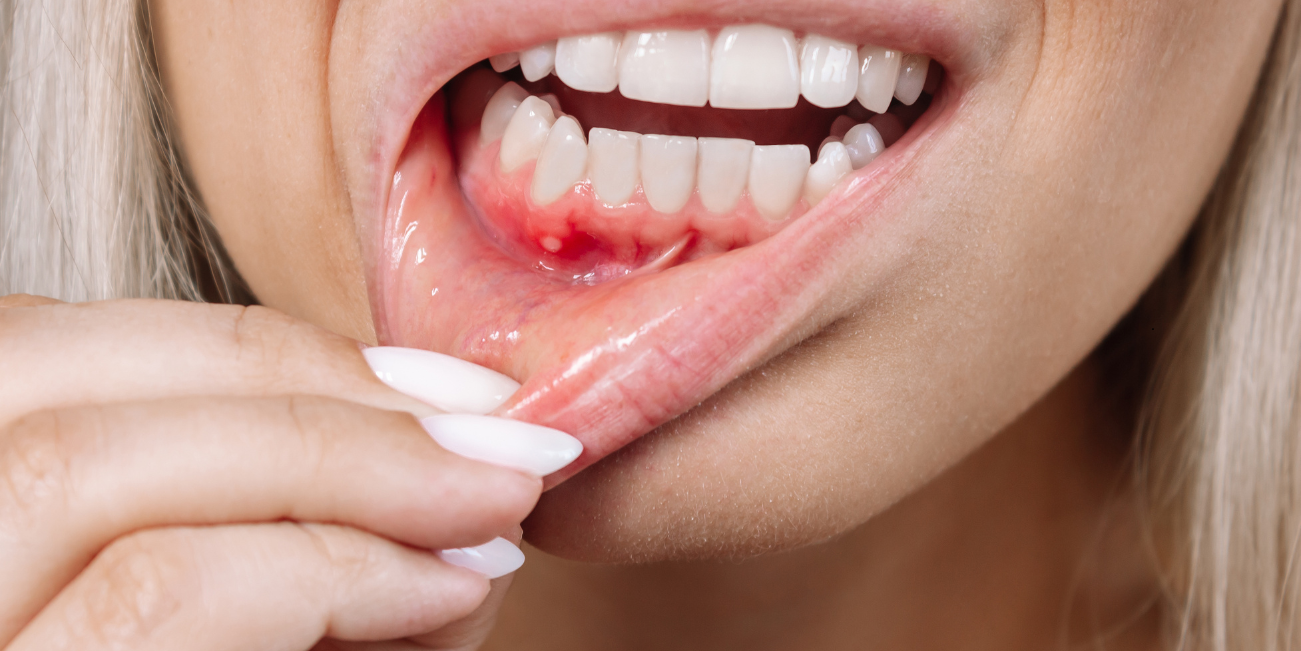You may all be familiar with a yeast infection, its common to rare symptoms, causes, preventions, and management. But not everyone knows that yeast infection may cause bleeding, which is, in fact, challenging to distinguish, especially when you have irregular menstruation or hormonal imbalance. It happens due to minor uterine tearing following irritation from a yeast infection. However, candida infection is not always the only reason for bleeding; there may be different causes, too, explained in this startling insight. To put a long story short, here’s the briefest answer to your question.
Contacts – Unique Fitness and Health anabolics australia rdx elastic ankle strap fitness sport anklet support it | ebay“Yeast infection can cause light bleeding or spotting, which you may notice when wiping after using the restroom or some stains on your underwear. Heavy bleeding is rare; if you have so, there may be different underlying causes; seek medical assistance.”
Explore more below for essential details and unexpected facts.

What Happens…
Typically, yeast (Candida) thrives in the vagina up to healthful levels. But unfavorable changes in the environment (excess humidity and warmth) or loss of balance of microflora can lead to overgrowth of the yeast. Such an infection in females is called vulvovaginal candidiasis, primarily characterized by vaginitis (inflammation of the vagina), which can cause sores, tears, and cuts in the vaginal area leading to bleeding. That bleeding is no more than a few drops of blood you may notice on the toilet paper or your underwear. In addition to inflammation and spotting, many other associated symptoms are explained below.
Yeast Infection Bleeding Symptoms
It’s not common to experience bleeding when you have a yeast infection. Therefore, to recognize the cause appropriately, you must know the signs and symptoms of vaginal yeast infection. The enlisted symptoms are in the order of most common to the least typical.
- Itching and irritation around and inside of the vagina
- White to pale yellow vaginal discharge with varying thickness depending on the severity; thin and mostly clear: mild infection; thick and chunky like cottage cheese: severe disease.
- Odorless vaginal discharge: yeast infection; fishy odor: bacterial vaginosis
- Redness around the vulvovaginal area
- Swollen vulva and vagina
- Tears and cuts around the vulvovaginal area
- Burning sensation when urinating
- Pain during sex
Yeast Infection With Bleeding Risk Factors
These factors may contribute to causing or enhancing the risk of bleeding when having a yeast infection:
- Using blood thinners such as aspirin or any anticoagulants
- Having an irregular menstrual cycle
- Hormonal imbalance
- Using birth control pills
- Weakened immune system and accompanied STIs
- Use of contraceptive devices, menstrual cups, or sex toys
- Painful penetrating sex
- Recurrent yeast infection in pregnancy (second trimester)
Treatment Of Yeast Infection Bleeding When Wiping:
Yeast infection bleeding when wiping is no less than a nightmare. But you do not need to worry unless it’s mild spotting. Bleeding occurs due to inflammation of the vulva and vagina that may lead to micro-cuts. Therefore, treating your yeast infection and mitigating the inflammation is crucial. Additionally, you should avoid aggravating factors that may worsen the inflammation and increase bleeding.
Typically, OTC topical antifungals (clotrimazole, miconazole, or nystatin) in the dosage form of creams, gels, ointments, and vaginal pessaries best work against vaginal yeast infections. The treatment regimen for OTC medications should be up to a week or two, depending on the severity. However, severe candidiasis responds to oral antifungals with just a single dose. Likewise, recurrent yeast infections require a treatment regimen for up to 6 months.
Prevention Tips
- Dry your vaginal area after bathing, showering, or using the restroom since humidity favors Candida overgrowth.
- Do not take a sitz bath longer than 10 minutes, or don’t douche with fragrant or chemical-based products; it may disrupt the balance of good bacteria.
- Do not use scented feminine products, i.e., sanitary pads, tampons, body lotions, or body mists.
- Do not wear wet to damp clothes, gym/exercise, or bathing suits.
- Always wear breathable cotton underwear.
- Change your sanitary pad after every 4 hours.
- Avoid sex or masturbation with sex toys during yeast infection treatment, or it will slow the healing process.
- Always wipe from front to back.
- Manage your diabetes or any other condition that can favor recurrent yeast infections.
Other Causes Of Bleeding
In addition to vulvovaginal candidiasis (vaginal yeast infection), there may be other causes of bleeding from the pelvic area. Here’s a glimpse at these:
Bacterial Vaginosis (BV)
As the name indicates, BV is a bacterial infection affecting the vagina. It happens due to an imbalance of normal microflora of the vagina where good bacteria, i.e., Lactobacillus, decreases in count relevant to the proportion of bad vaginal bacteria such as Peptostreptococcus, Prevotella, Bacteroides, and Gardenerella vaginalis. These bad anaerobic bacteria thrive inside the vagina and cause irritation, itching, burning sensation, and increased vaginal discharge. Some patients also experience pain and burning when urinating.
Though the vaginal discharge appears to be the same as that comes after a yeast infection or a UTI, i.e., thin transparent to white or pale yellow, the odor of it is the main distinguishing factor. If you notice a fishy smell, you have bacterial vaginosis, whereas an odorless discharge indicates a yeast infection. Accurate diagnosis is necessary for appropriate treatment since a BV typically responds to antibiotics (metronidazole). In contrast, antifungals eliminate yeast infections.
It can happen at any age, but mostly BV occurs in the childbearing age, or you can say when a female is sexually active because of the changes in the hormone levels. Some studies also suggest that changing your sexual partner may cause BV. However, the exact relationship between sexuality/ hormonal levels and BV is still not clear. Moreover, bacterial vaginosis, if left untreated and cause severe vaginal inflammation that can lead to micro cuts, vaginal tearing, and mild spotting. The condition needs to be treated ASAP.
Trichomoniasis
Trichomoniasis is a sexually transmitted disease (STD) caused by a single-celled parasite (protozoa) known as Trichomonas vaginalis. The infection is commonly called “trich.” The microorganism is ubiquitous and affects millions of sexually active adults. Amongst all the infected patients, only 30% experience the symptoms, whereas the diseases remain asymptomatic in nearly 70% of infected people. It can affect the vagina, vulva, cervix, and urethra in females. In males, trich occurs in the urethra and prostate gland.
Typical manifestations in females include itching, redness, and burning of the genitalia. Some infected females also experience discomfort and pain during urinating. Moreover, the changes in vaginal discharge are not uncommon; the fluid remains white to pale yellow, and you may also notice some hints of green. Vaginal discharge infected with trich also has a fishy odor, just like BV. But the main distinguishing factor is the greenish hue in the vaginal fluid of women affected with trich compared to that in a BV.
The trich that affects the cervix results in small red spots all over the cervix resembling a strawberry. Hence, the condition is known as strawberry cervix. Inflammation of the area, as mentioned earlier, can cause bleeding. Therefore, it’s crucial to do a culture test of the vaginal secretions to know about the causative agent if you are bleeding, notice it while wiping, and don’t know what type of infection is there. The results of the microscopic examination will help identify whether it’s a BV, UTI, yeast infection, or trich that’s bleeding.
Gonorrhea And Chlamydia (STIs)
Gonorrhea and Chlamydia are sexually transmitted diseases caused by Neisseria gonorrhoeae and Chlamydia trachomatis, respectively. Both these diseases typically remain asymptomatic in most of the patients. However, the significant signs and symptoms of the two STIs are unusually increased vaginal discharge, burning or pain while urinating, itching, rash, redness, and vaginal bleeding between periods. Sometimes the condition even becomes unbearable with sharp abdominal cramping.
Gonorrhea not only affects genitalia but can also spread to other body parts such as the eyes, throat, joints, and rectum. Moreover, these STIs can transfer to the growing fetus (if you are pregnant and diagnosed with any of these) and can harm it in the same way, leading to baby blindness and other neurological issues. Complications of chlamydia notably include pelvic inflammatory disease (PID), a medical emergency. Remember to investigate these STIs ASAP, particularly if you notice bleeding when wiping, and treat them immediately.
UTI
UTI stands for urinary tract infection. It is an infection that affects the urinary system, including the urethra, bladder, ureters, and kidneys. Most commonly, the causative agents infect the urethra and bladder, which may harbor bacteria, fungi, and viruses. Typically responsible microorganism for UTI is E. coli.
The infection occurs due to an imbalance in the ratio of good microflora that keeps the pathogenic microbes in check. It may result from changes in pH, hormones and due to prolonged use of antibiotics. Common symptoms include pain and burning while urinating, increased urine output (polyuria), and urinary urgency (urgent desire to urinate). People also experience pressure on the bladder, pain in the lower abdomen and pelvic area, and fever. You can also identify a UTI by visibly looking at the urine appearance, which is usually cloudy and frothy.
An untreated UTI may also cause hematuria (blood in urine). Therefore, if you notice bleeding when wiping and are unsure whether it’s a UTI or a yeast infection, a complete urine examination, and a urine culture are necessary. It may happen that both infections co-occur in a patient. Just as a UTI can lead to a yeast infection, a yeast infection may also cause a UTI (explained in the FAQs section).
Kidney Stones
Kidney stones also cause blood in the urine. So if you have a yeast infection and a problem with renal calculi and one day, you notice blood when wiping. That doesn’t mean that your yeast infection is making you bleed. It may be because of the rupturing in the urinary tract or kidneys due to stones. Therefore, proper investigation is essential before you treat the condition. So what happens…
Our kidneys filter blood and produce urine. Usually, the valuable substances (glucose, sodium, potassium, calcium, and chloride), along with water, are reabsorbed by the kidneys into the blood. Simultaneously, the waste products (excess sodium, chloride, urea, and uric acid) with some water make urine which is a way to excrete water-soluble nitrogenous wastes from the body.
In case of insufficient water or malfunction of the kidneys, such wastes, instead of passing out through the urinary tract, may accumulate there. Such grains of waste amasses and form crystals, which then become stones following the deposition of other minerals. These stones vary in size and shape; they may travel along the urinary tract or fall into the urinary bladder and remain there for a long. Some patients excrete such stones (about 90%) after increasing hydration.
However, the stones that generally do not pass out of the body may become problematic, causing a blockade of urine flow. Other common symptoms that arise in almost all patients are enlisted below. The severity of the condition varies with the stones’ size and shape.
- Sharp pain in the pelvic region
- Pain while urinating
- A feeling of sandy urine when passing out
- Urinary urgency that does not relieve even after urinating
- Nausea and vomiting
- Blood in the urine
In most cases, the medical treatment and surgery, whichever is appropriate according to the condition, result in no loss of kidney structure and function. However, severe and recurring kidney stones may lead to chronic kidney disease. Therefore, if you notice blood when wiping, consult a physician, and get an investigation done, as an accurate diagnosis is essential to effective treatment.
When In Doubt, Check It Out!
You must immediately seek medical assistance if you have heavy bleeding or if the condition persists for a long. Also, do not take longer than a second to get medical help when you are pregnant or just have a yeast infection for the first time and find yourself in the dark. To help you, I’ve prepared the following chart to give hints about various infections that can cause mild to moderate bleeding. It will help you distinguish the disease and know whether you need medical assistance.
| Type of vaginal discharge | It may be… | How to identify? | What to do? | Bleeding when wiping |
| Clear to milky white | Normal vaginal fluid | No odor, no irritation | Nothing; it’s normal | |
| Thick and milky white | Vaginal yeast infection | Odorless, irritation, itching, resembles cottage cheese | Requires OTC or prescription treatment | |
| White to gray and pale yellow | Bacterial vaginosis | Fishy odor, inflammation, rash | Requires prescription medications | |
| Yellowish to greenish white | Trichomoniasis | Unpleasant smell, chunky consistency, strawberry cervix | Seek medical attention ASAP | |
| Cloudy and yellowish | Gonorrhea/ Chlamydia | Pelvic pain and other body part symptoms | Seek medical help ASAP | |
| Clear to white | UTI | Pelvic pain, burning sensation while urinating, polyuria, urinary urgency | Requires OTC or prescription treatment | |
| Clear to white | Kidney stones | Pelvic pain, kidney pain, bladder pain, pain while urinating, sandy feel of the urine | Requires medical treatment or surgical procedure depending on the severity | |
| Brown and old blood like | Irregular menstruation, menopause complications, untreated STD/STI | Pelvic pain, vaginal bleeding between periods | Seek medical assistance ASAP |
FAQs
Can Monistat Cause Yeast Infection Bleeding When Wiping?
No, Monistat cannot make your yeast infection bleed. It is, in fact, used to treat a yeast infection. Also, bleeding is not a side effect of using Monistat. Very rarely, Monistat can cause irritation and burning, which should also be consulted.
Can A Yeast Infection Increase Urine Output Just Like UTI?
Yes, a yeast infection can make you pee more, just like UTI, because of vaginitis, swelling in the urethra, enlarged prostate, or abnormal nerve stimulation. Excessive caffeine intake during yeast infection can also increase urine output.
Can Yeast Infection Cause UTI?
UTI may be caused by yeast (Candida) instead of the typical causative agent E.coli. So, an already occurring yeast infection may also lead to UTI, which varies in symptoms to that of bacterial UTI.
Can Yeast Infection Cause Bleeding In Pregnancy?
Vaginal infections such as yeast infection, bacterial vaginosis, and STI (chlamydia and gonorrhea) can cause cervical inflammation that may lead to bleeding. It’s essential to seek medical attention immediately in such a case. Also, get your STI tested before planning to have a baby.
Can Yeast Infection Cause Bleeding After Menopause?
Spotting after menopause is an alarming situation that should be consulted. If you experience light brown spotting after menopause, it can be because of a yeast infection. Traditional OTC or prescription antifungal treatment can heal the condition.
Can Yeast Infection Cause Bleeding After Sex?
Yes, painful penetrating sex, when you have a yeast infection can cause bleeding due to friction. Therefore, avoid sex when on a yeast infection treatment.
Outlook
Yeast infection bleeding when wiping is not a common issue. Still, many people suffer from this because they don’t know the risk factors and preventions that should be considered while treating your infection. Read the above informative insight to know what to do and what to not to avoid cuts and sores in your vagina that can bleed.
Nevertheless, light bleeding to spotting is all right and okay, but heavy flow or light bleeding for a long is a serious concern that requires investigation. It is because there may be other reasons (explained in the article) for such bleeding. Visit a competitive consultant, treat your yeast infection carefully, minimize the risk factors, and avoid aggravating factors. Keep calm because then there will be no bleeding from a yeast infection.




